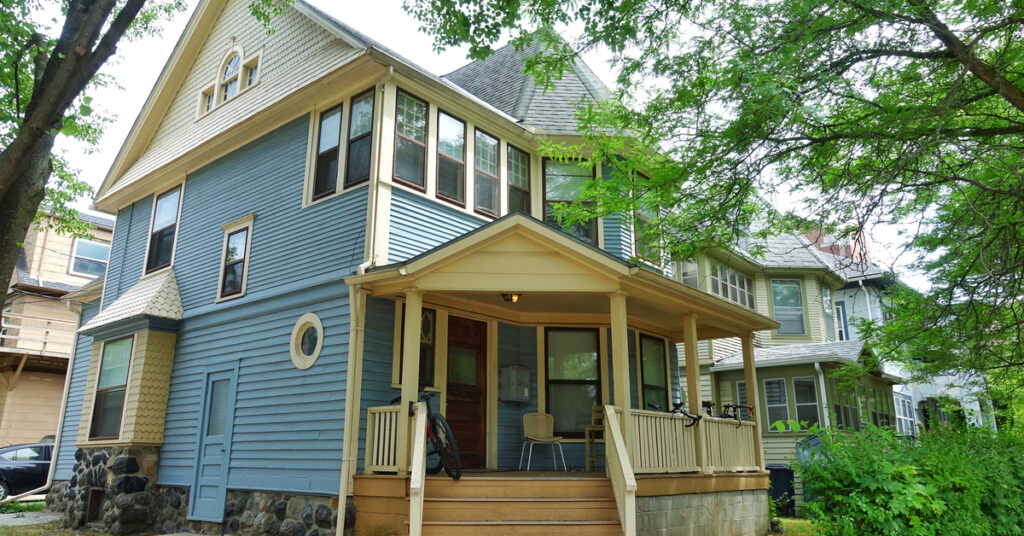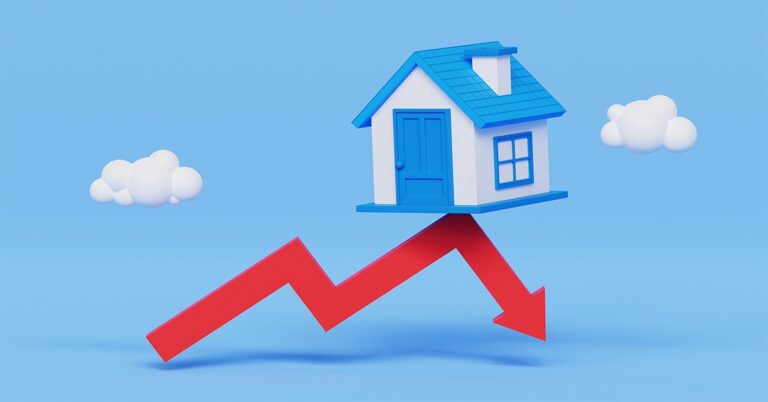Existing-home sales hit three consecutive months of gains in August, reaching a seasonally adjusted annual rate of 6.00 million during the month, according to the National Association of Realtors (NAR).
That figure represents existing-home sales’ highest level since December 2006, up 2.4% from July and up 10.5% year over year. Each of the four major regions tracked by the NAR posted growth both month over month and year over year, headlined by the Northeast’s improvement of 13.8% from July and the South’s 13.0% increase from August 2019.
Single-family home sales during August were recorded at a seasonally adjusted annual rate of 5.37 million, a gain of 1.7% from July and up 11.0% year to year. Condo and co-op sales came in at a seasonally adjusted annual rate of 630,000 units, up 8.6% from July and up 6.8% from the year prior.
“Home sales continue to amaze, and there are plenty of buyers in the pipeline ready to enter the market,” said Lawrence Yun, chief economist for the NAR. “Further gains in sales are likely for the remainder of the year, with mortgage rates hovering around 3% and with continued job recovery.”
“The August increase in existing-home sales was further confirmation of the housing market’s V-shaped recovery and overall strength in demand,” concurred Joel Kan, associate vice president of economic and industry forecasting for the Mortgage Bankers Association (MBA). “The annualized pace of sales hit the six-million mark for the first time since 2006, as transactions delayed by the pandemic continued to catch up.
“Last month’s strong sales activity was consistent with MBA’s purchase applications data, which has risen annually for four straight months,” Kan added.
The searing market has contributed to even more reduction in the already scant total housing inventory, which totaled 1.49% at the end of August. That’s down 0.7% from July and down a whopping 18.6% from August 2019. Unsold inventory is now at a 3.0-month supply at the current sales pace, down from 3.1 months in July and from 4.0 months at the same time last year.
With a spike in lumber prices exacerbated by a shortage due to the West Coast wildfires, an already difficult supply issue has gotten worse in the last month, Yun said. And the need for more units looks to only grow further, he added, particularly in areas attractive to buyers who can work remotely.
“Housing demand is robust but supply is not, and this imbalance will inevitably harm affordability and hinder ownership opportunities,” he said. “To assure broad gains in homeownership, more new homes need to be constructed.”
Minuscule supply has fed competition for homes already on the market. Per the NAR’s data, houses remained on the market for only 22 days in August, 31 days less than they did in August last year. Sixty-nine percent of homes sold in August stayed on the market for under a month.
This in turn has helped fuel price appreciation, with August’s median existing-home price at $310,600. That’s up 11.4% from the same month last year — a figure that’s far above income growth and imperils overall affordability, especially for first-time buyers, Kan noted. August is the 102nd consecutive month with a year-over-year price increase.
With market fundamentals still solid and the busy spring buying market shifted into the summer and fall, we can expect more muscle from housing in the months ahead, according to Wells Fargo Securities’ Economic Group.
“We expect sales to remain near their current strong levels in September and October,” Wells Fargo said. “Normally sales would slow as the school year began and the football season got underway. This year, however, buyers are still making up for lost time and face fewer seasonal diversions. Moreover, the demand for homes is benefitting from the surge in remote working and remote schooling, which continue to drive the pursuit for usable space.
“Unfortunately, supply has not kept pace with demand, so bidding wars will likely continue until new home construction ramps up in a significant way and on a sustained basis.”









